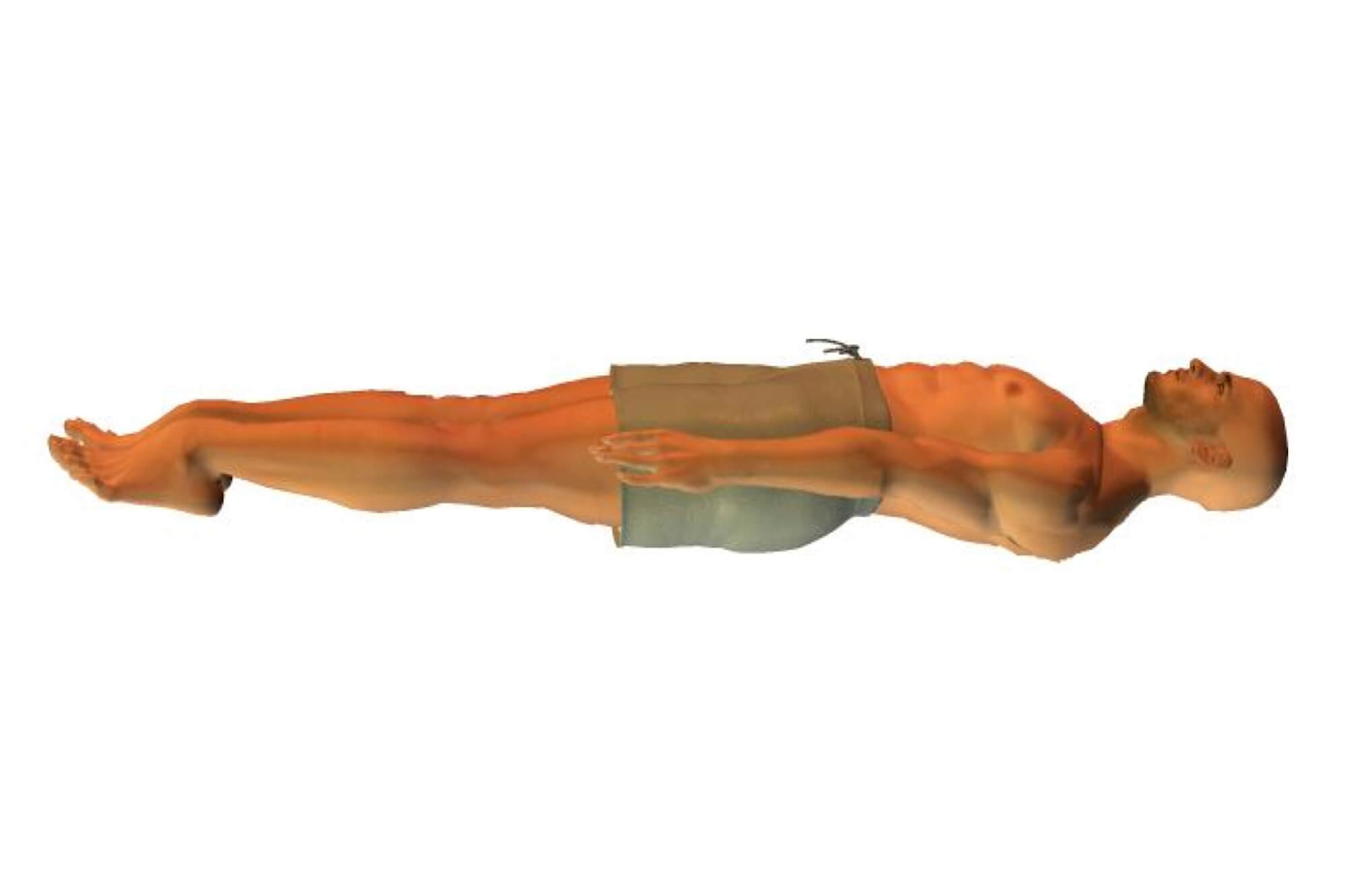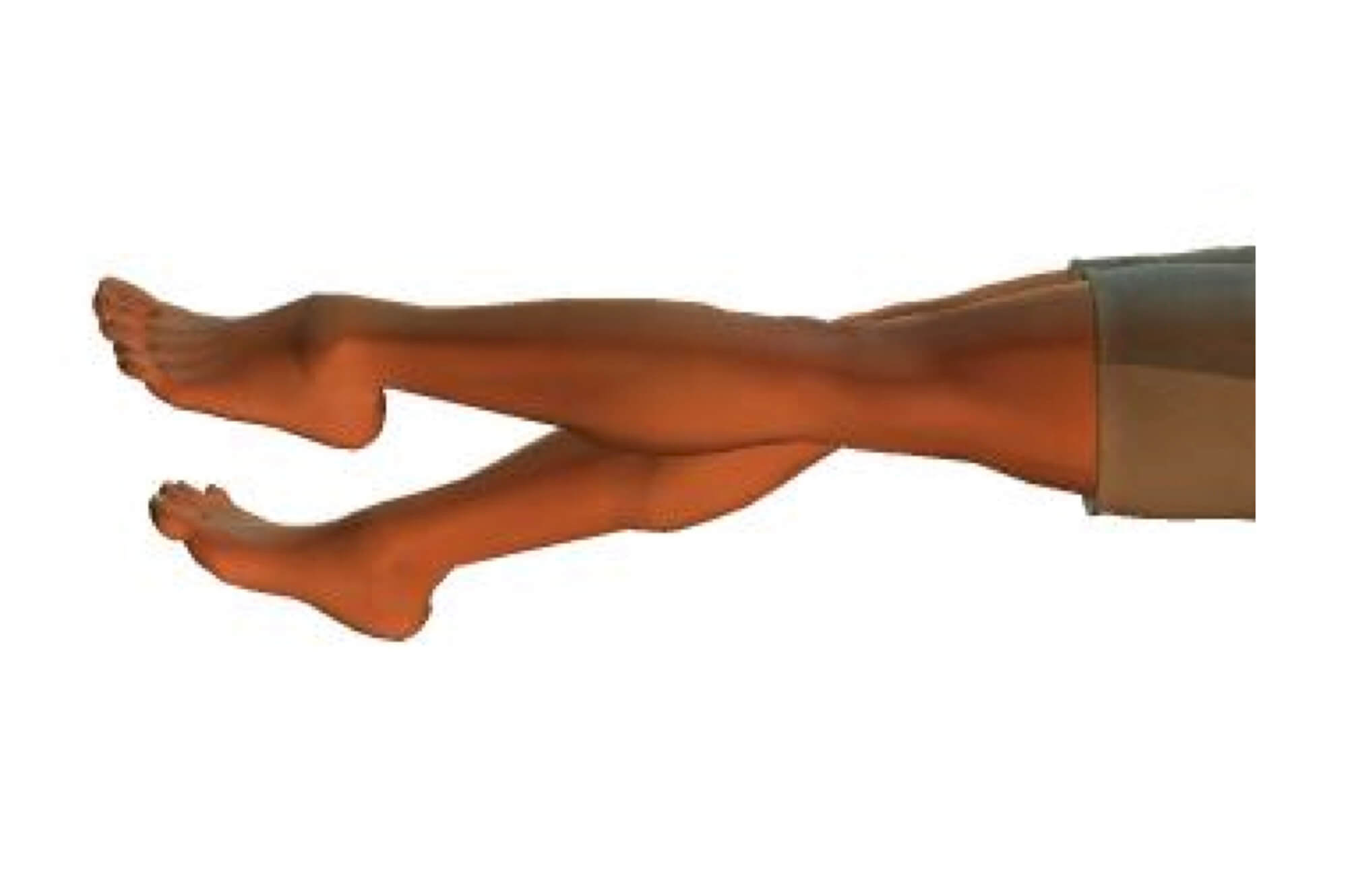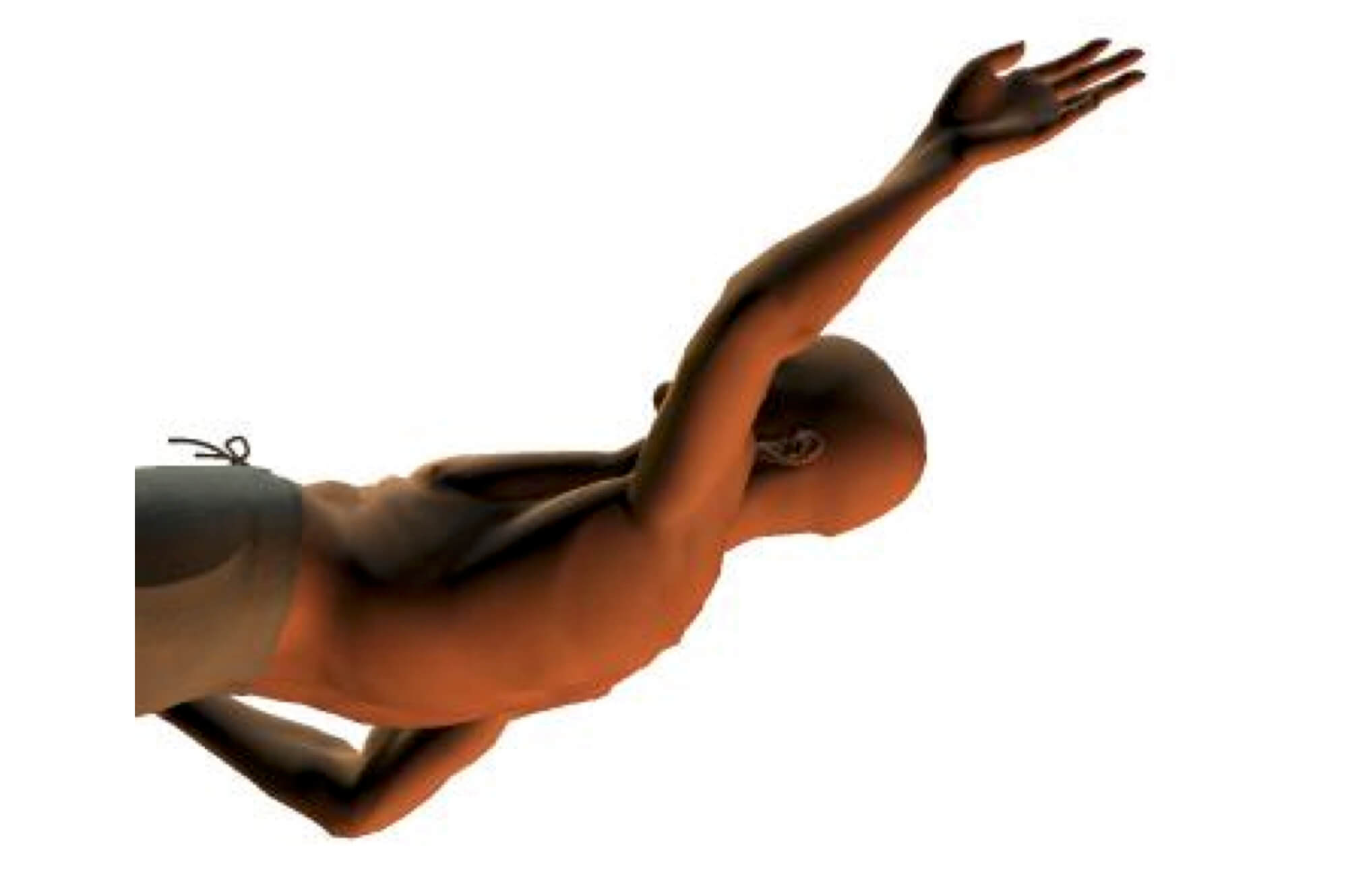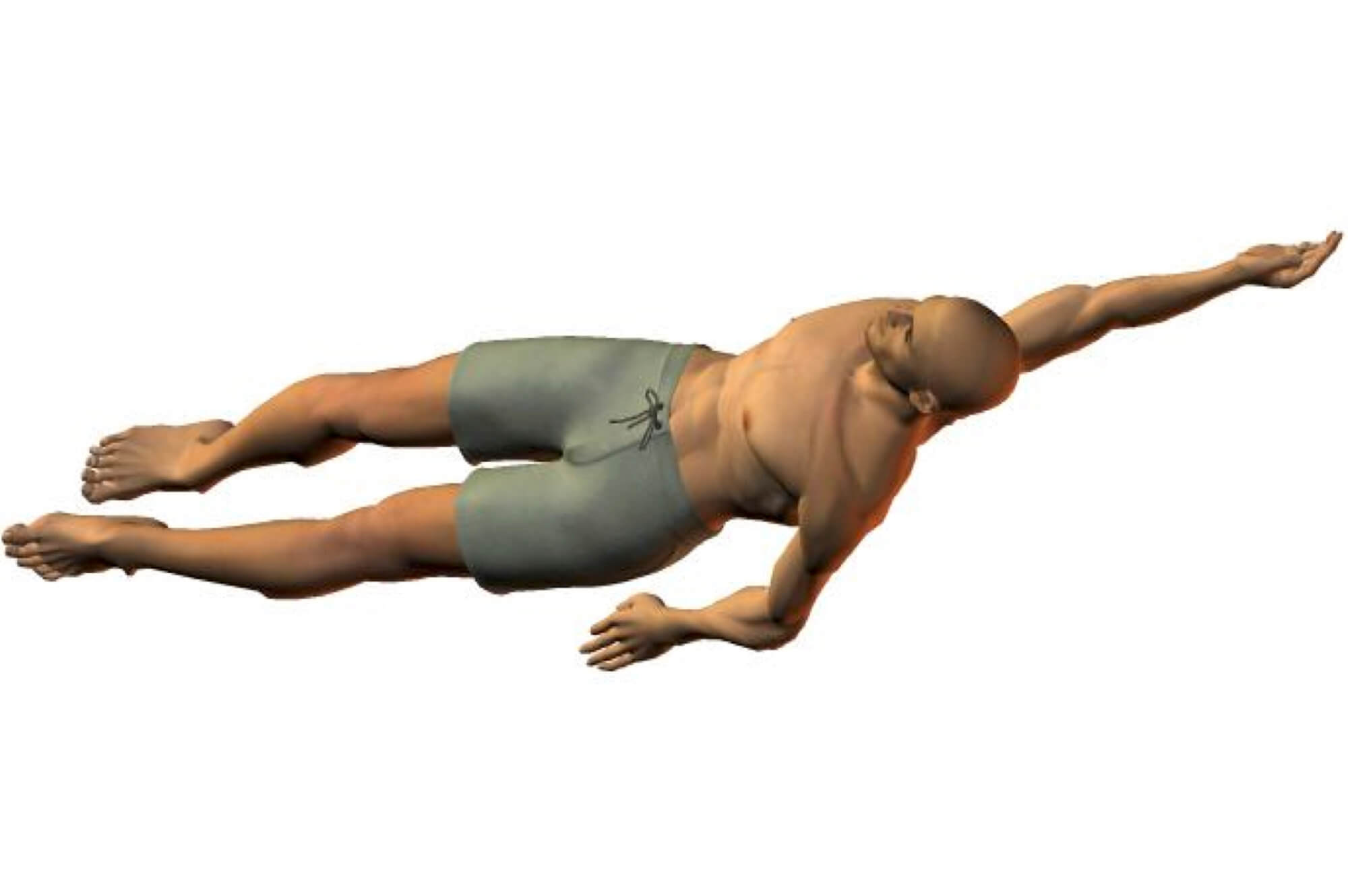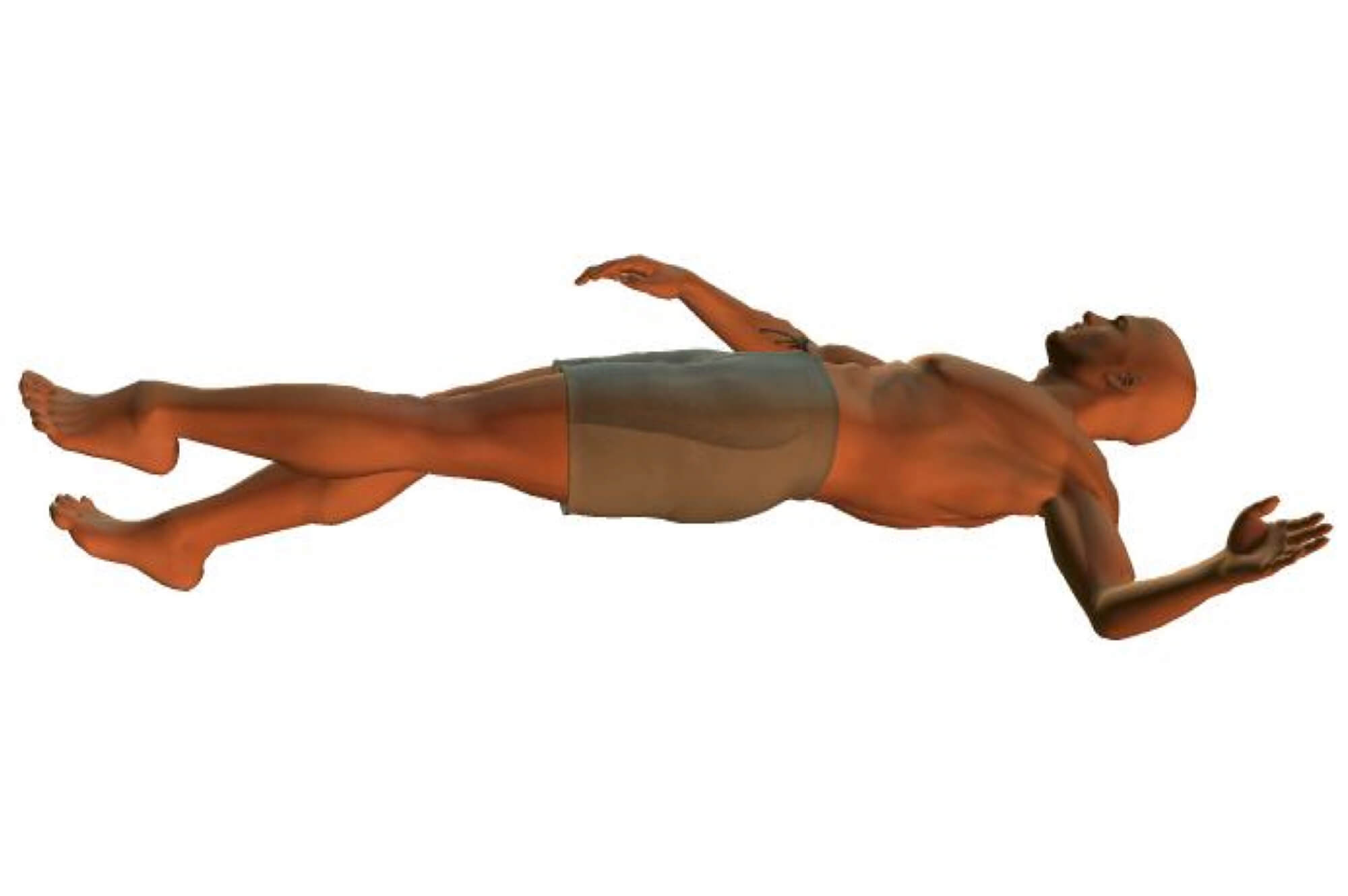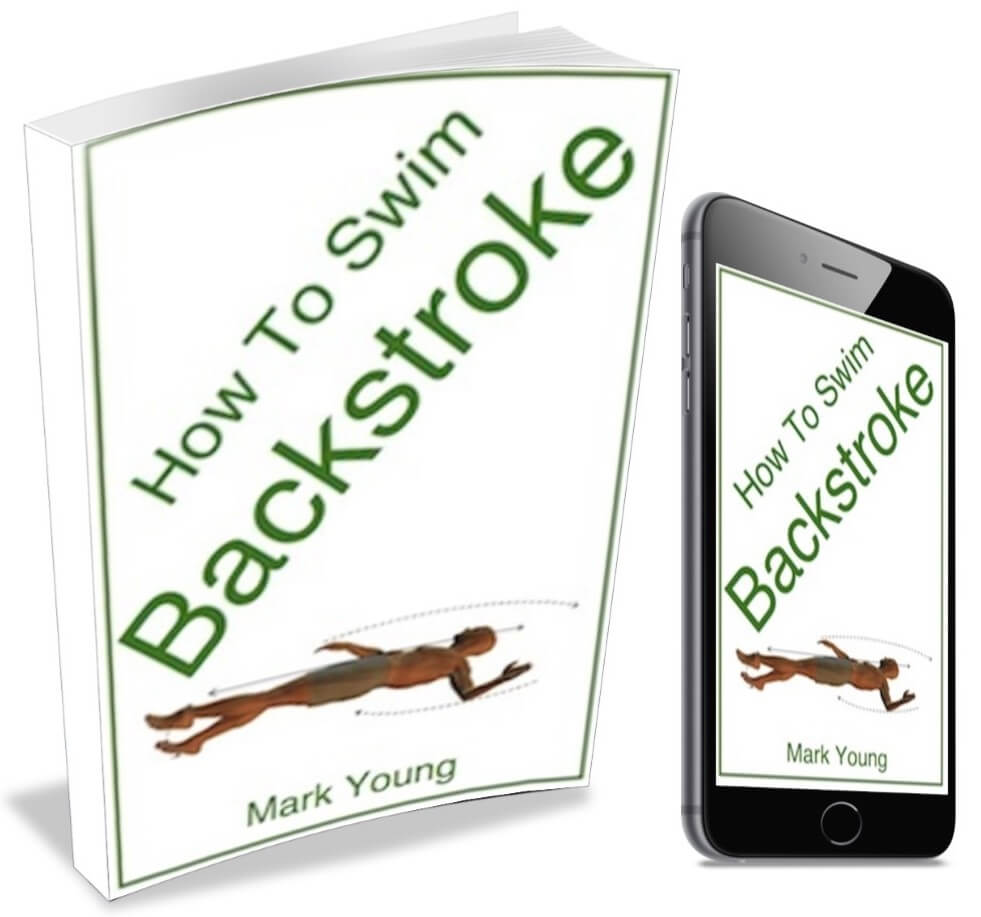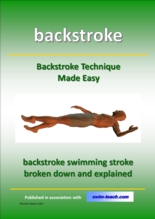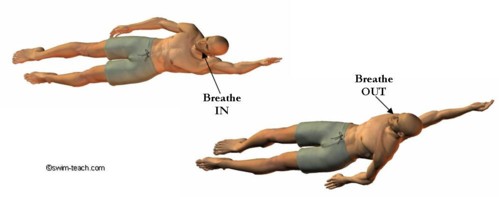- Swim Teach Home
- backstroke technique
- Backstroke Breathing
Backstroke Breathing Technique
Getting out of breath too soon? Your backstroke breathing technique could be the cause. Correct breathing makes backstroke easier and more relaxing, so read on and find that all important 'in and out' pattern.
HOW TO SWIM BACKSTROKE EBOOK: everything you need to master breaststroke swimming stroke. 20 easy drills that focus on each part of backstroke technique. From body position to breathing and timing. Decades of teaching experience all packaged into 1 easy file. Download to your device and master backstroke TODAY! (click here for a preview)
Don't miss out! Click here for more details on how to get your copy.
Backstroke Breathing Video Demo
Most beginners learning backstroke are not aware of the way in which they breathe, nor the pattern of breathing or point at which a breath is taken. A regular breathing pattern should be encouraged to prevent breath holding, which leads rapidly to exhaustion.
FREE EBOOK: all of the technique tips here can be found in my 'Backstroke Technique' book, along with a couple of bonus drills to help you perfect some essential parts of the stroke.
Don't miss out! Click here to grab a FREE copy of my book.
Breathing should be in time with the recovery of each arm over the water surface, inhaling with one arm recovery and exhaling with the other. This encourages a breath to be taken at regular intervals.
Inhalation happens as one arm pulls though the water to the side and then exhalation takes place as the opposite arm pulls through the water to the side.
Learning the breathing pattern for backstroke can seem like an odd task, given that we swim face upwards and can allow our breathing to take care of itself.
However, if we train our breathing to be rhythmical and regular, the pattern will become second nature which will then result in a more energy efficient swimming stroke.
Do You Make The Most Common Mistake?
Breath holding is a common mistake made when swimming this stroke and the result is a very tired and breathless swimmer. Do you ever feel like you become out of breath very quickly when swimming this stroke?
Breath holding causes a rapid increase in carbon dioxide in our respiratory system, which in turn increases the urgency to breath. This then causes us to breathe more rapidly. It is very common for swimmers, especially beginners to hold their breath without knowing they are doing so.
It goes without saying that swimming any stroke contains a very large element of fitness and stamina but this is only one factor. A regular, steady breathing pattern will help prevent early breathlessness and exhaustion.
Performing the stroke slowly at first or with floats to provide support, swimmers must breathe out and then in again in time with each arm pull. Try to establish a rhythm of breathing through each stroke cycle and this will help to prevent breath holding and unnecessary tiredness and exhaustion.
An established breathing rhythm will help to maintain the timing and coordination of the arms and legs as they pull and kick. It will also assist the swimmer to relax and therefore swim with a calm, controlled and smooth swimming stroke.
Make your breathing even easier by fine-tuning the rest of your backstroke technique
Download a copy of my book 'How To Swim Backstroke' and discover the most essential technique tips and key focus points to help fine-tune your arm pulls, leg kicks and coordination.
Click on below to download a copy to your computer, tablet or mobile device. Or, click here for more information.
I am a member of the Amazon Associates Program and I will earn a commission from qualifying purchases at no extra cost to you.
